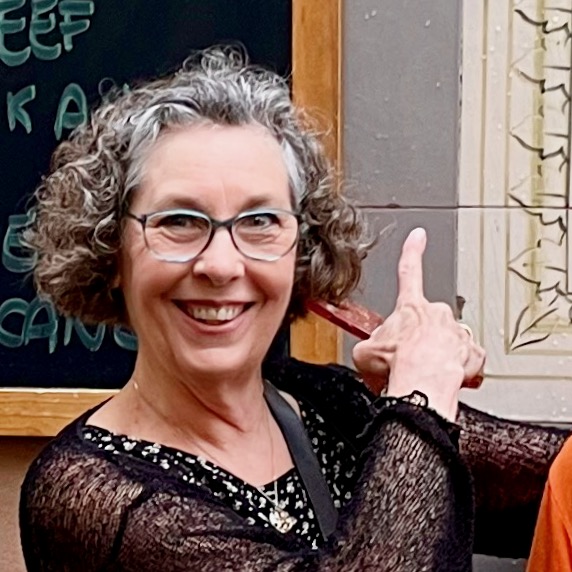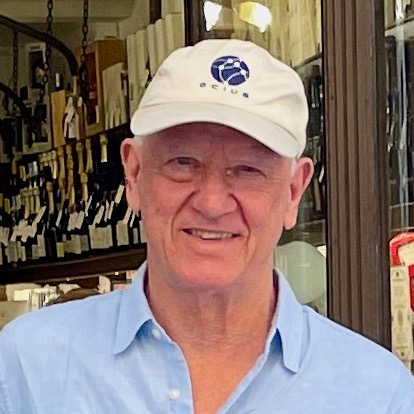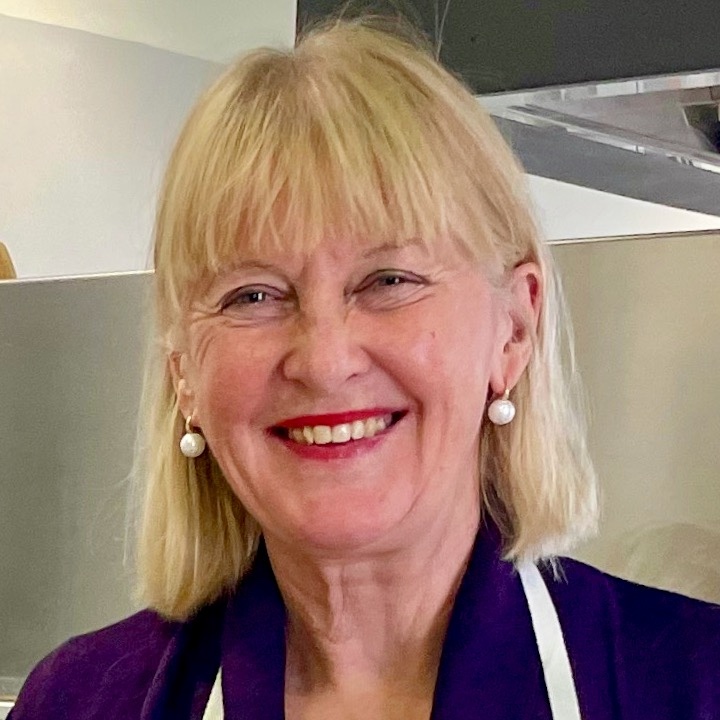Adding alcohol to coffee is popular in many cultures. Caffè corretto (coffee ‘corrected’ with a nip of grappa) is a common way to start the day in Italy, in France it’s pousse-café and in Spain, carajillo. The Swiss drink kaffee fertig (‘finished coffee’) at any time of day and it’s a popular afternoon warmer with guests on my small-group Swiss food & wine tours. The traditional recipe is to put 3 sugar cubes in a glass, add coffee until you can’t see them anymore, then add schnapps until you can. The Swiss use quite weak coffee, so it’s about a 2:1 ratio, but you can adjust the strength and sweetness to suit yourself. In Canton Luzern kaffee fertig is called Kafi Luz or Träschkaffee because it’s made with the local apple and pear schnapps called Träsch. I use Etter Swiss schnapps from Zug in mine. See the video below for highlights of my small-group Swiss food & wine tour, and the FAQ below that to learn more about authentic schnapps.
Serves 1
Share page on:




Schnapps (also written ‘schnaps’) is the German name for a clear fruit brandy, what the French call ‘eau de vie’. The word comes from the German ‘schnappen’, meaning snap or grab, as schnapps is traditionally drunk as a shot from a small glass.
Apples, pears (typically Williams to make williamsbirne/poire williams), various plums (including Mirabelle), cherries (kirsch or kirschwasser), apricots, quinces (quitte/coing) and wild herbs (kräuter) are all often used to make schnapps or eau de vie. Schnapps made from combined apples and pears is called obstwasser (literally ‘fruit water’).
Sweet liqueurs, such as butterscotch and peach, may be called schnapps, but they are not traditional in Europe.